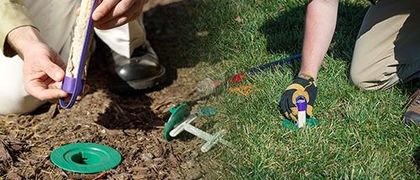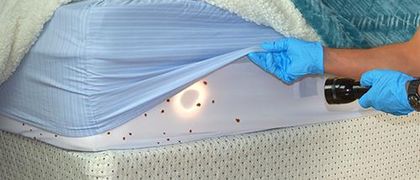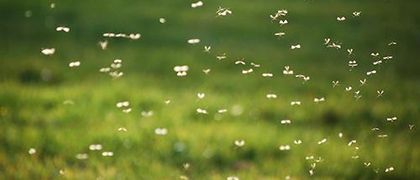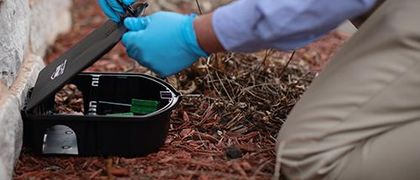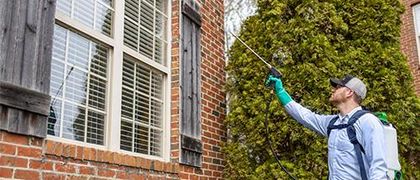5 Most Common Pests in Nebraska
If you own a Nebraska home, chances are you’ve dealt with more than just unpredictable weather. From Omaha to Norfolk and everywhere in between, pest control is something nearly every homeowner needs to think about at some point.
Whether it’s bugs slipping in through crevices or grubs damaging your lawn, our local pests are persistent, and they don’t care what season it is.
In this guide, you’ll get a closer look at the five most common pests in Nebraska.
Key Takeaways
- Pest problems in Nebraska homes often start when bugs enter through basements, wall gaps, or outdoor crevices.
- Boxelder bugs, carpenter ants, and American cockroaches are the most common pests found inside Nebraska homes.
- Japanese beetles and grubs destroy lawns quickly and often return each summer when outdoor conditions are right.
- Professional pest control is the best option when pests spread quickly or when DIY solutions stop working completely.
1. Boxelder Bugs

Boxelder bugs are a seasonal headache across Nebraska, especially in places like Omaha, where mature boxelder trees are common.
In the fall, these insects gather in large numbers on the sunlit side of homes before they squeeze into wall voids and attics to overwinter. While they don’t bite or chew, they leave behind dark droppings and a strong odor if squished.
You might notice them coming out of vents or light fixtures on warm winter days.
2. Carpenter Ants
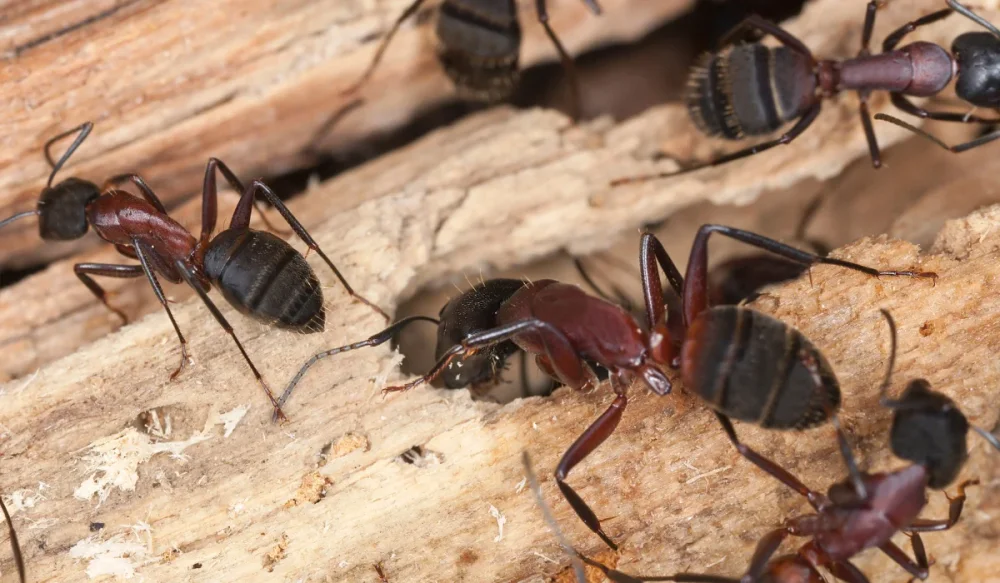
Large and dark brown or black carpenter ants are a common pest that can cause major headaches. Unlike termites, they don’t eat wood. However, they do carve through it to build their nests. They often start in moisture-damaged areas like leaky basements, crawlspaces, or rooflines.
You may spot the ants themselves or find piles of wood shavings, a sign they’re tunneling inside your walls. Over time, this kind of damage can be just as serious as a termite infestation.
3. Japanese Beetles
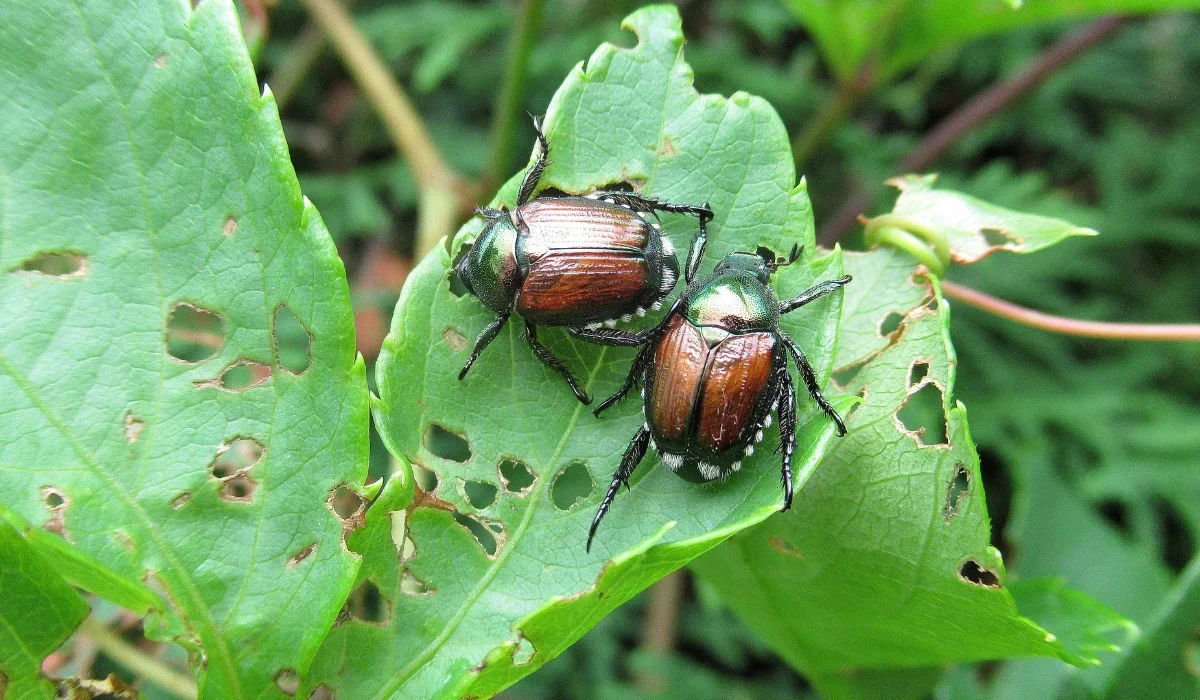
Japanese beetles may look shiny and harmless, but they’re incredibly destructive to Nebraska landscapes. Their larvae, known as white grubs, feed on grass roots, causing widespread browning in lawns across the state.
Adults emerge in summer and attack a wide range of plants, including roses, grapes, and fruit trees, chewing leaves until only the veins remain.
Because they feed in groups, the damage happens fast. And since they’re not native, they don’t have many natural predators to keep their numbers down.
4. Bed Bugs

No one wants to admit it, but bed bugs are still a problem in Nebraska. These tiny pests spread quickly through apartment buildings, hotels, and even hospitals. Once inside, they hide in seams of mattresses, behind outlet covers, and even inside furniture joints.
You might notice itchy bites in a line or specks of dried blood on your sheets.
They can reproduce fast, with each female laying hundreds of eggs, so catching an infestation early is key.
5. American Cockroaches
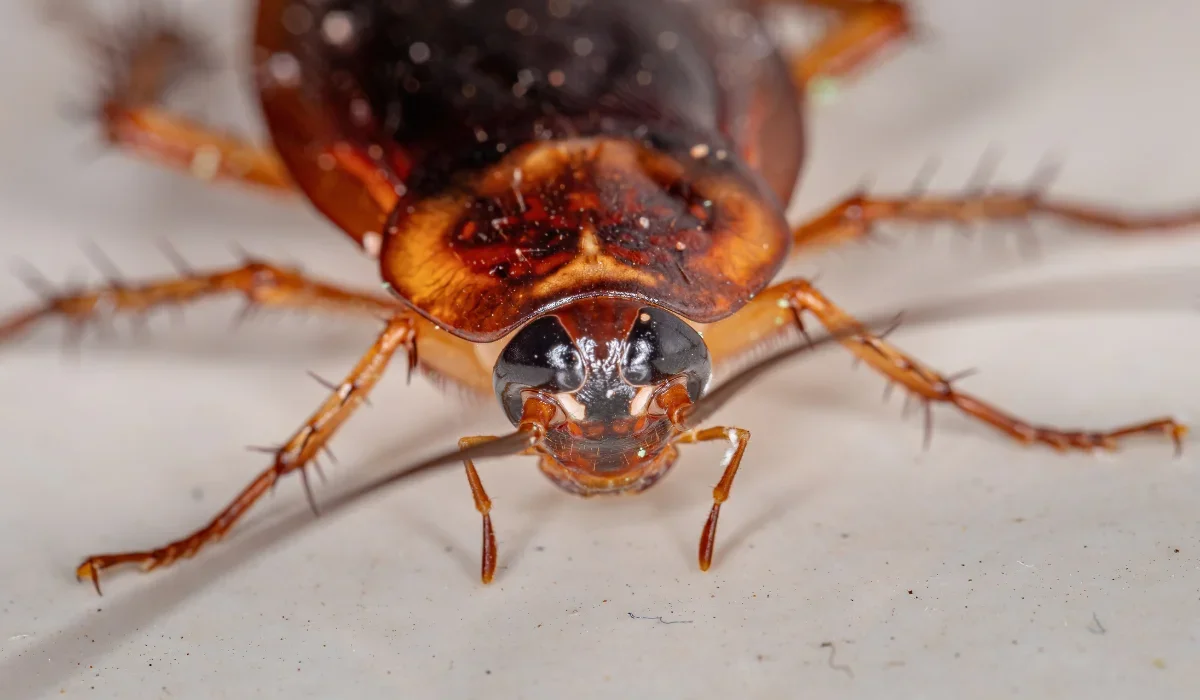
American cockroaches are the biggest cockroaches you’ll find in a Nebraska home. They prefer humid environments like basements, laundry rooms, and under sinks.
Unlike German cockroaches, which are smaller and more common in kitchens and bathrooms, these roaches are reddish-brown and about two inches long. They leave behind pepper-like droppings and can even fly short distances.
Once they establish a nest, they’re tough to get rid of without professional pest control.
What to Do When You Spot Common Pests in Your Nebraska Home
If you’re seeing signs of pests or want to stop a problem before it starts, here’s how to protect your home:
Inspect Vulnerable Areas
Nebraska homes often have hidden areas where pests thrive, such as damp basements, attics, and wall voids.
Inspect these areas for signs of activity, including larvae, caterpillar casings, or droppings. Look closely at crevices along baseboards and behind appliances.
For outdoor pests like Japanese beetles or aphids, inspect garden leaves and stems for visible damage.
Eliminate Entry Points
Sealing up access points is one of the most effective things you can do to prevent future infestations. Many pests, including clover mites, centipedes, and even yellow jackets, sneak in through foundation cracks, loose siding, or torn screens.
Use caulk, expandable foam, and mesh where needed.
For garden pests, consider physical barriers or repellents to protect your crops.
Remove Food and Water Sources
Every pest has a food source it relies on. German cockroaches go after grease and crumbs. Grubs and borer larvae feed on roots and stems.
Even beneficial insects like mantises can be displaced if pest populations boom. Regularly clean your kitchen, store pet food properly, and keep gutters clear to reduce standing water.
If you have flowering plants, protect pollinators like honey bees and lady beetles by choosing pest control solutions that are safe for beneficial insects.
Use Safe Pest Control Methods
DIY pest control can help manage small problems, but when you’re dealing with larger infestations or difficult pests, like wasps or grasshoppers, it’s best to proceed with caution.
Misapplied treatments can make the issue worse or harm non-target species. Stick to products labeled for home use, and always follow instructions closely.
Call a Professional Pest Control Company
When it’s clear the problem is beyond your control, reach out to a professional pest control service. At Miller Pest & Termite, we’ve handled everything from yellow jacket nests to deep-set termite colonies.
We know what pests are active in Nebraska during each season and use localized strategies to stop infestations quickly and effectively.
Reach out to us now. Our local technicians bring decades of experience serving Nebraska homeowners and can help you protect what matters most.
Get Help Now!


